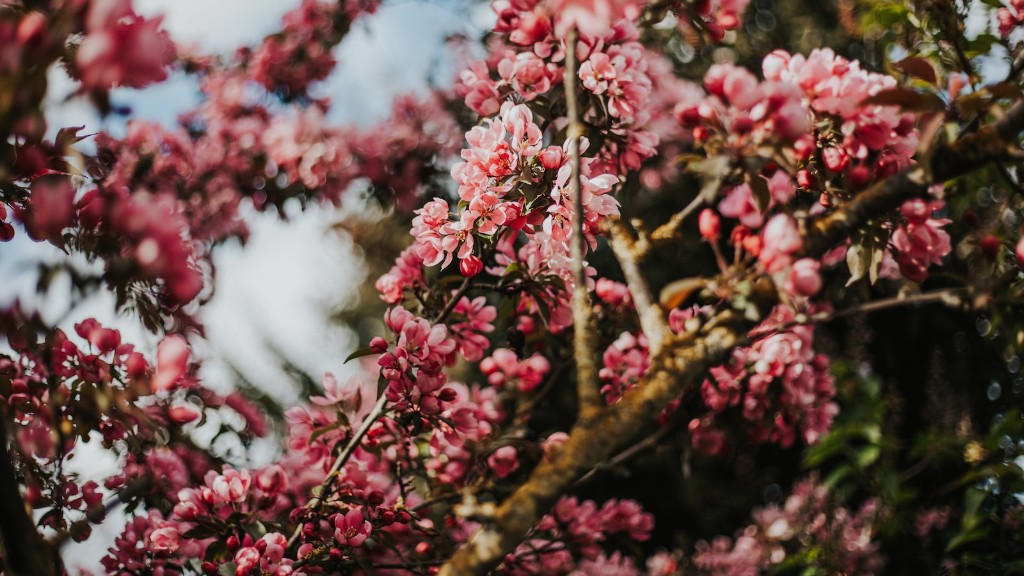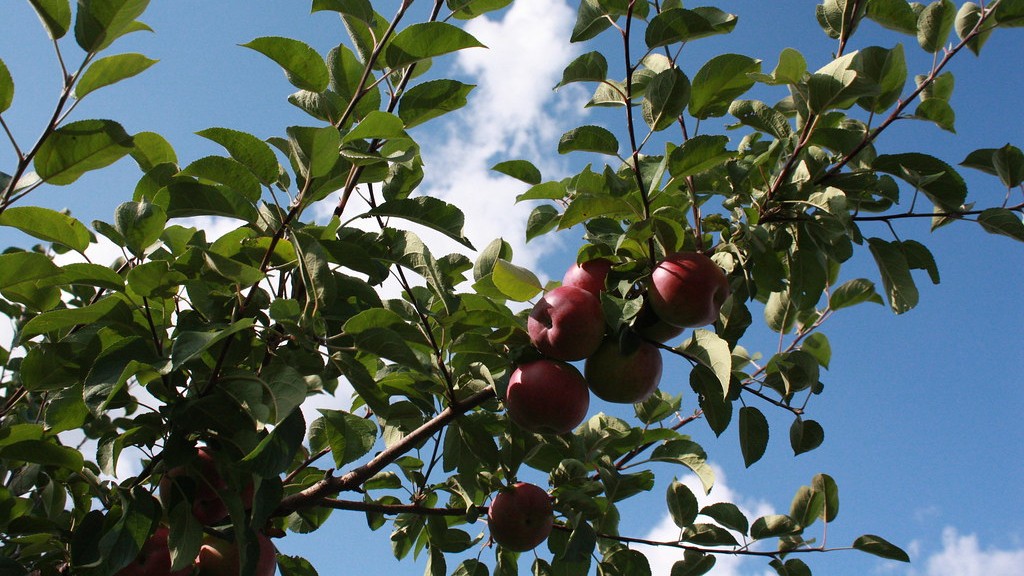Preparing the Rootstock
Weeping cherry trees belong to the genus Prunus and are a unique, attractive type of cherry tree. They are cultivated by grafting the desired variety onto a rootstock, which is itself a cherry tree. In order to propagate a weeping cherry tree, gardeners must first find, or create, a suitable rootstock. If you’re unable to find a suitable root stock with the same species (or even a similar species) of rootstock, you will want to create your own by grafting another cherry tree onto the stock. When choosing your rootstock, consider the type of soil and climate it will be growing in. This will determine the characteristics of your weeping cherry tree.
Grafting
Grafting is the process of attaching a piece of one plant to another plant in order for them to form a single plant. Professionals using grafting thus combine two trees to form a magnificent specimen. Since weeping cherry trees are created using grafting, the process of propagation involves carefully fusing together two plants. In doing so, gardeners must carefully choose the scion (piece of desired cultivar) and the stock (rootstock). After selecting these pieces, they must be cut into the same exact size and shape before they are grafted together. The pieces should ideally be small enough not to cause damage to the tree, with the right shape to create a secure connection after the grafting process.
Care After Grafting
After grafting, the newly created weeping cherry tree must receive adequate care in order for it to grow properly. Immediately after grafting, the tree should be placed into a shaded area until it has started to grow and developed strong roots. Once the roots are strong, the tree needs to be placed in a sunny area with plenty of water and nutrients. Gardeners should adjust the temperature and humidity as needed to keep the tree healthy, making sure to keep the tree well-watered and nourished. Pruning can also help to create a structured tree and increase the quality of its flowers.
Disease and Pests
Weeping cherry trees can fall prey to a variety of diseases and pests. Gardeners should stay vigilant and inspect the trees regularly to detect any signs of disease or insect damage. If they find anything out of the ordinary, they should take prompt action to protect the trees from further damage. Common diseases that affect weeping cherry trees include bacterial canker and powdery mildew. Common pests include aphids, borers, spider mites, and tent caterpillars. Taking preventive measures, such as using organic methods like introducing beneficial insects, can help to keep these pests and diseases at bay.
Growing Environment
In order for weeping cherry trees to thrive and flower properly, they need to be grown in the correct environmental conditions. Weeping cherry trees do best in areas with full sun, moderate temperatures, and well-draining soil. Depending on where you live, this could mean selecting an area on the north-facing side of your home or garden, away from the hot summer sun. Also be sure to choose an area with well-drainable soil – clay can be particularly difficult to work with. Mulch should be applied around the base of the tree to add vital nutrients and keep weeds at bay.
Fertilizing
Weeping cherry trees need to be fertilized regularly in order to stay healthy and produce flowers. This should be done throughout the year and at the start of each growing season. A balanced fertilizer should be used, with particular attention to the nitrogen, phosphorous, and potassium levels. If you are unsure of what type of fertilizer to use, ask for a recommendation from your local nursery. For established trees, you can use a slow-release fertilizer applied twice a year in the spring and autumn months.
Pruning
Pruning is a vital part of taking care of a weeping cherry tree and should be done regularly. The tree should be pruned several times a year to help shape its structure and remove dead or diseased branches. You can also prune to thin out branches that are blocking the light from reaching other parts of the tree. However, be careful not to prune too much as weeping cherry trees are prone to branch dieback. When pruning, be sure to use sharp pruning shears and follow the three cut method of pruning.
Protecting Against Frost Damage
Weeping cherry trees are not frost-hardy and can suffer damage if exposed to frost or very low temperatures. If your area experiences cold winters, there are several ways to protect your weeping cherry tree. For example, you can cover the tree with burlap or a frost cloth during very low temperatures to protect it from frost. You can also use a windbreak, or a barrier, to protect the tree from strong winds. Additionally, you can use plastic to wrap around the trunk to help protect against frost.
Maintaining Moisture
Since weeping cherry trees are prone to extreme temperatures, they need to be kept cool in the summer, or else they can suffer from drought. Make sure to keep your tree watered regularly and choose a spot with well-draining soil. You can also add mulch around the tree to help retain moisture and cool the roots. Additionally, if you live in a dry area, you may need to provide additional water to the tree during the summer.
Early Spring Care
As soon as temperatures start to become warmer in the springtime, weeping cherry trees need to receive extra attention. Trees in the early stages of development must be monitored closely to ensure they are receiving adequate water and nutrients. The soil should be inspected to make sure that it is not too dry. Also check for any pests or diseases, particularly in areas where the bark may be missed.
Treating Diseases
Weeping cherry trees can be affected by a variety of diseases, the most common being bacterial canker. If the tree does become affected, it is important to act quickly. The disease can be treated with a fungicide, which should be applied to the affected areas as soon as possible. Make sure to read and follow the instructions on the label, and take all necessary precautions when handling the fungicide. Additionally, the tree should be pruned to remove any diseased or dying branches.
Fungal Problems
Fungal problems can also occur in weeping cherry trees, often due to overcrowding and poor air circulation. Common fungal problems include powdery mildew, sooty mold, and leaf spot. To prevent such issues, make sure to create enough space between trees and keep your garden well-ventilated. Fungal problems can be treated with fungicide, but prevention is always the best option.
Dormant Period
Weeping cherry trees go through a dormant period during the winter months. During this time, the tree should be left alone and allowed to rest, as any pruning or fertilizer should be avoided. During the late winter months, it is a good idea to mulch around the tree to protect the roots. Additionally, be sure to keep the tree well-watered as the drought could damage the tree.
Winterization
To protect your weeping cherry tree from the cold winter temperatures and winds, you may want to provide additional protection. Wrapping the tree’s trunk with a burlap or frost cloth can help insulate it and protect it from cold temperatures. You can also use a windbreak, or a barrier, to block the cold winds. Additionally, you can mulch around the base of the tree to provide insulation and help keep the soil from freezing.



